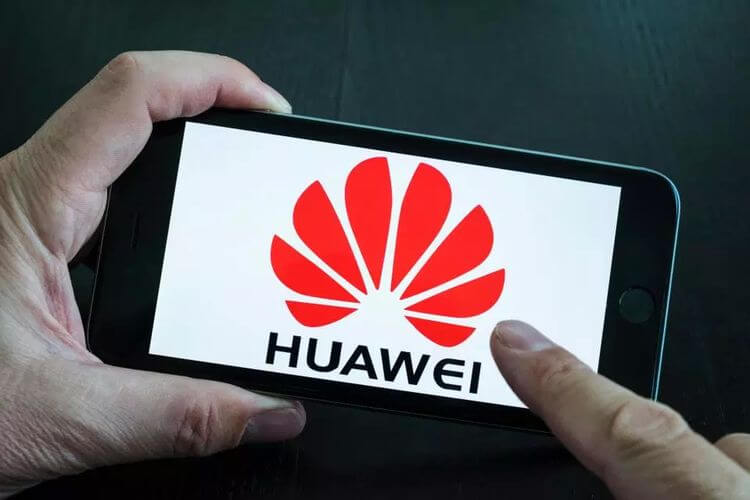
Teknoku.me – In the middle of this year, Huawei beat Samsung as the world’s largest smartphone manufacturer, according to the version of market research firm Canalys. However, the triumph may not last long.
The Chinese vendor might even follow the fate of Nokia, the former king of cellphones who could not compete with other players. This is because there are reports that Huawei only plans to produce 50 million units of smartphones in 2021.
The figures reportedly informed by Huawei to sub-contractors in South Korea differ greatly from 2019, when Huawei shipped 240 million units of smartphones. In 2020, Huawei smartphone shipments are estimated at 190 million units.
The cause behind the decline in the amount of production was allegedly none other than the impact of the bilateral political conflict between the United States and China. In mid-2019, the US government under Donald Trump blacklisted Huawei into the entity list.
Huawei cellphones also cannot use technology and software made by US companies, such as various applications and services from Google.
Then, starting on September 15, Huawei will also stop producing the Kirin chip, which is commonly used for its smartphones. This was also caused by pressure from the US government.
The situation faced by Huawei is indeed different from Nokia. Nokia, a legendary brand that seemed unrivaled in its golden age, finally collapsed due to its lack of agility in anticipating Android, which began appearing in 2010.
But both have similarities in terms of popularity. In recent years, Huawei has always entered the world’s top three smartphone vendors.
Likewise, like Nokia in the past, if Huawei collapsed, the ones that would benefit the most were Samsung and Apple as the two biggest competitors in the smartphone industry.
Apple and Samsung could annex the market share left by Huawei in Europe. While in China, which is Huawei’s domestic market, there is Xiaomi that can take a market share in the lower and middle segments.